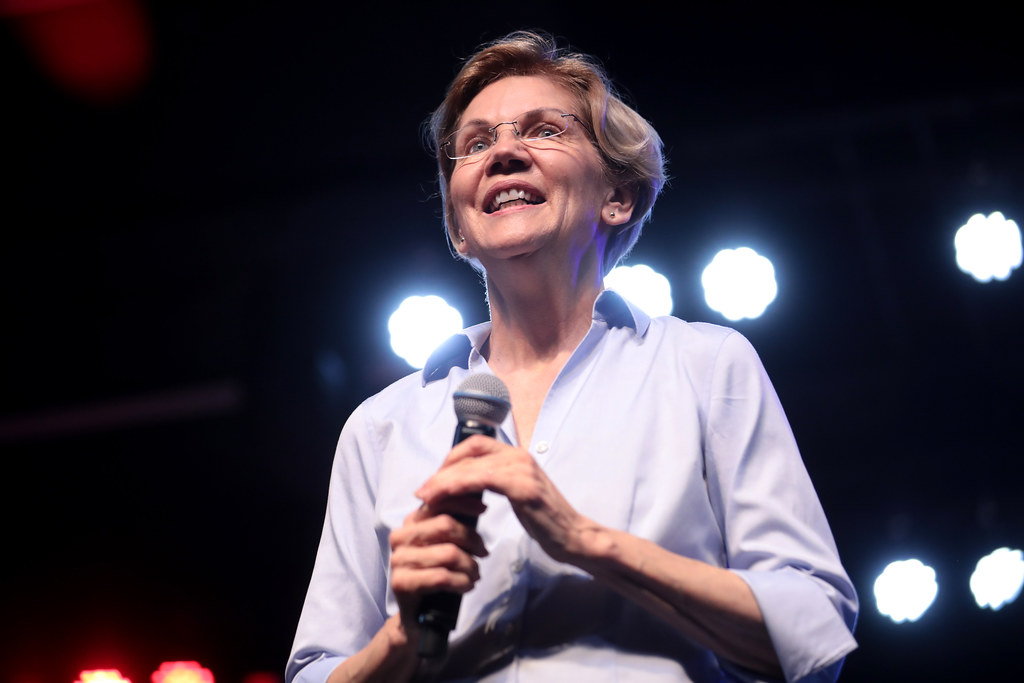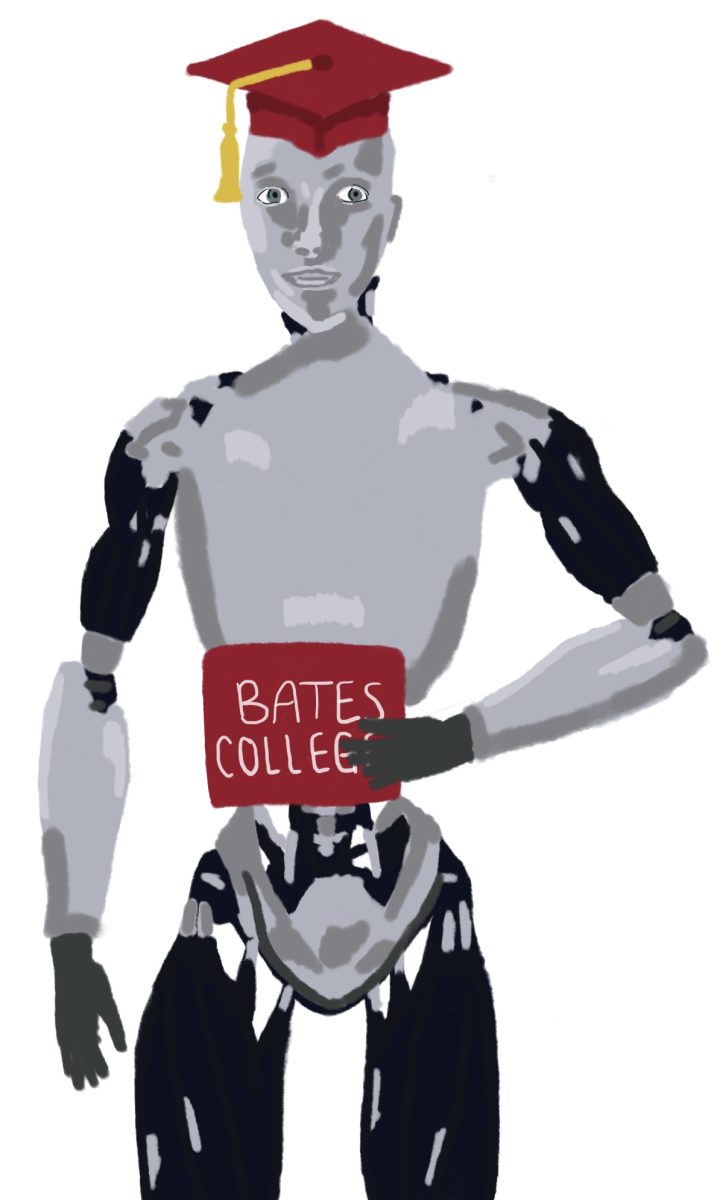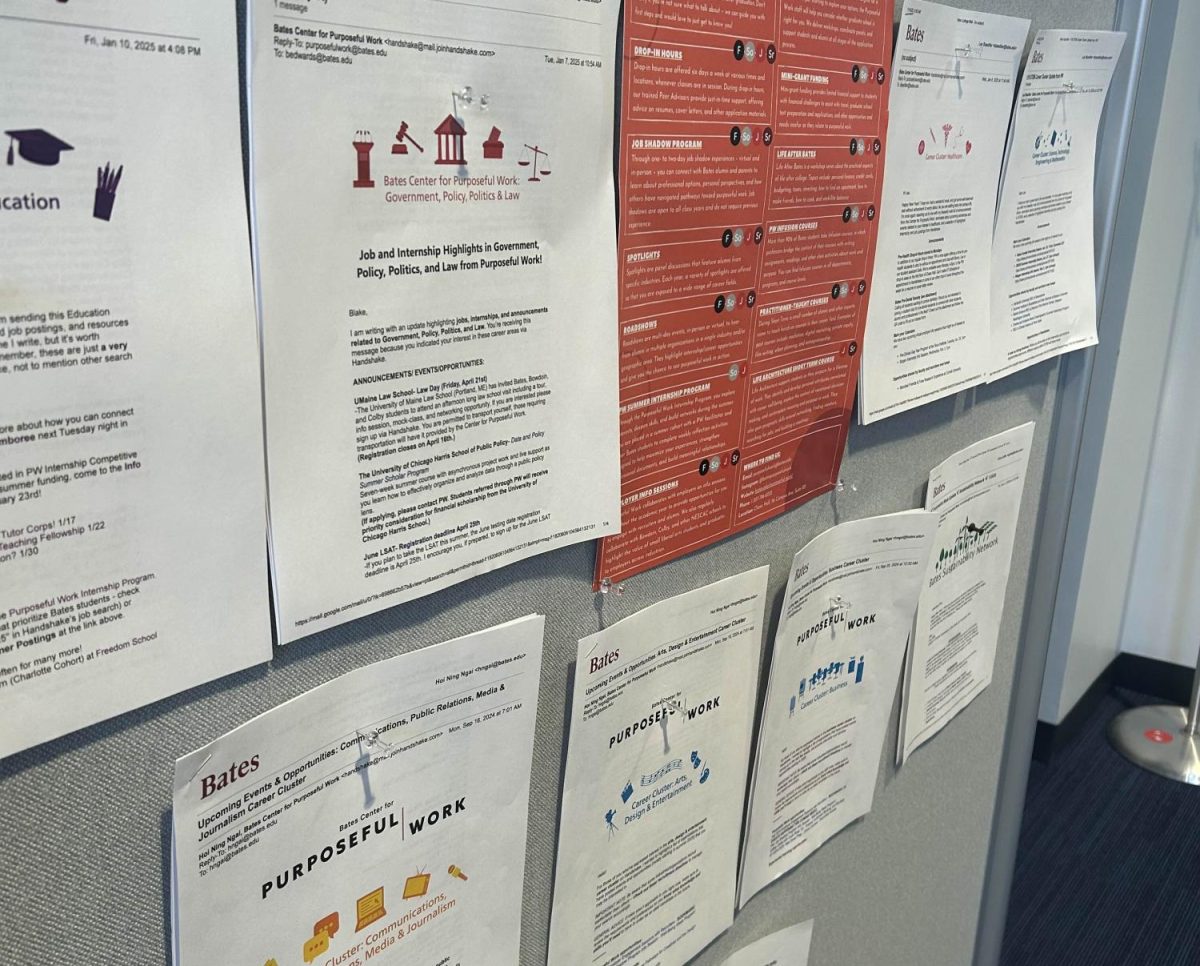The 2020 presidential election has been on people’s minds since the last election four years ago. The Democratic hopefuls began as the most diverse group in history in terms of race and gender, yet by the Jan. 14 debate, it was an all-white stage. Though this could be for many reasons, it is important to ask why democratic voters felt a person of color could not beat Donald Trump in November.
Elizabeth Warren, the leading woman in the Democratic primary, is often discredited by prominent voices, including those in her progressive wing, as not being a promising match against Donald Trump. These standards could be rooted in sexism, or possibly in a low expectation of who American voters deem acceptable, since this election has very high stakes.
In response to the question of electability, Stephanie Kelley-Romano, Associate Professor of Rhetoric, Film, and Screen Studies, said, “Based on identity categories people are or are not electable. This is insulting to voters, the midterm elections showed us that these people are all electable. We’re electing Somali candidates in Lewiston, Maine,” a city that has seen generations of white leadership.
This understatement of what people find appropriate for public office has happened before. Barack Obama faced a lot of resistance from the left because of his name and race. In December of 2018, while in London for her book tour, Michelle Obama said that though she supported her husband’s 2008 bid, she did not believe that he would win, saying, “I didn’t believe that America was ready for a black president, let alone a black president named Barack Hussein Obama.” The 44th President followed George W. Bush; a conservative president who pushed legislation, which held ideals that are now being rejecting by the modern progressive movement.
The United States regularly swings the other way when electing a government that goes far in one ideological direction. Take Jimmy Carter’s liberal government being proceeded by Ronald Reagan in 1980 and George W. Bush beating liberal Vice President, Al Gore, in 2000. Following this trend it would seem that Donald Trump, an extremist choice for republicans, would be proceeded by a more progressive choice. Electing a person of color, possibly a Black woman, would be a considerable shift from the Trump administration’s history with racism.
Some voters’ fears of Elizabeth Warren not being able to beat out the incumbent in the battleground states as a woman could be due to memories of the 2016 election. The New York Times’ forecast reported that Hillary Clinton had an “85% chance to win” on election night, many other reliable sources predicted that she would win with more than 30 points. Americans were sure Trump would lose, and when he didn’t, the traditions of communication and discourse surrounding politics radically changed.
Professor Kelley-Romano recalled holding watch parties with the Rhetoric department where they could typically predict any given address in the manner of oration and messages. Trump, disrupting this normalcy along with political extremism increasing around him, has changed the landscape of political discourse. This huge change is shocking to many, and the discourse around reversing that change is largely focused on choosing a more moderate, hence safe, option.
Populations of color, an increasingly large target of violence since the Trump administration in terms of policy and influence, do not believe that the pendulum of American presidents will swing towards a progressive choice. On Jan. 11, The Washington Post reported, “On the question of which Democrat has the best chance to defeat Trump in November, Biden is cited by 53 percent of African American Democrats, compared with 18 percent who name Sanders. All the other candidates are in single digits.” Similar trends are seen among Hispanic communities in the Quinnipiac University poll done on Dec. 18. Though a very diverse field with varying levels of education and income brackets included, this voting block is very beneficial for Biden’s campaign to present itself as the favored option among Democrats.
Since the share of voters that believe Biden has a better chance of beating Donald Trump is more diverse, Biden appears as the more progressive candidate. Considering Biden’s history with busing restrictions in the 1970s, his treatment of Anita Hill, the contentious Violent Crime Control and Law Enforcement Act and his support for the invasion of Iraq, he is considered moderate when compared to Sanders and Warren. Rather, Biden is campaigning on the nostalgia of eight years of the Obama administration, his emphasis on the middle class, and being popular among people of color. This is without considering the potential distrust rooted in their support of a moderate candidate.
Support from communities was not as present for Cory Booker or Kamala Harris, despite their many attempts to discuss Black issues, like Harris’ famed confrontation of Biden regarding his previous position on busing as a means of integrating schools. The rightful distrust in communities of color, other disenfranchised groups and democrats concerned with pressing, and timely, progressive policies likely produced a stage of candidates deemed electable when faced with a possibility of four more years of the Trump administration.








